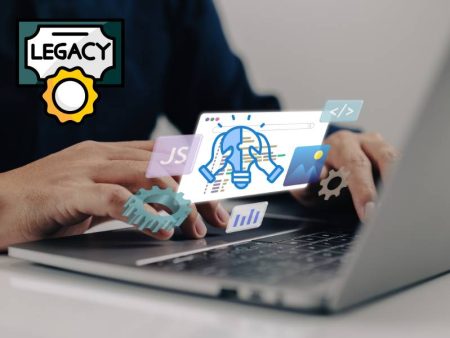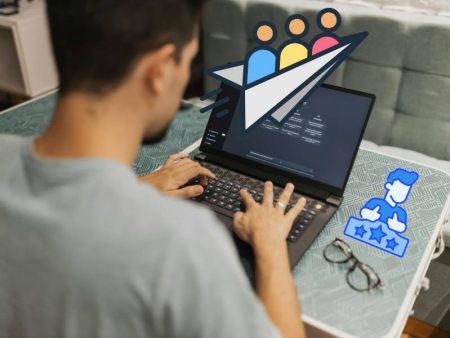Working alongside video for years, I’ve often wondered: can AI truly replace a human editor? The short answer is… not quite. But AI is making big strides—enough to spark genuine curiosity, maybe even concern. Let’s dive into what AI can do today, what it still can’t, and why humans remain irreplaceable (for now).
🎬 What AI Video Editing Can Actually Do (Today)
- Style-Based Automated Edits
Tired of scrubbing through hours of footage to find the best cuts? AI platforms now handle that hustle. You upload clips, choose a tone—epic, calm, punchy—and the software delivers a rough cut in minutes. It even syncs transitions with music beats. Impressive, right?
- Instant Subtitles & Translations
In a global world, subtitles are essential. AI can now auto-generate captions and translate them into dozens of languages. No need to upload scripts or wait for human transcribers—just click, and boom: multilingual captions appear ready for YouTube or social media.
- Basic Color Grading
Gone are the days when color grading required a trained eye and expensive gear. AI tools can match color tones or apply cinematic vibes at the push of a button. Whether you’re aiming for warm nostalgia or sleek tech vibes, AI gives you a solid visual palette with no fuss.
- Generative Video Tools
Futuristic-grade stuff: there are now AI Video Generator No Censorship platforms that let creators spin up raw video content with full creative freedom. Want a talking turtle explaining quantum physics? AI can craft that scene. No debate suction needed.
- No-Friction Quick Clips
Sometimes, you just need a quick promo or cut for Instagram. “AI Video Generator No Sign Up” tools let creators whip up short clips without even logging in—zero learning curve, instant visual content.
🤔 Great, But Is It Good Enough for Deep Storytelling?
Well… let’s unpack that.
- Emotional Story Arcs
Editing is more than stringing shots; it’s orchestration. The emotional flow—your drama, pacing, reveals—that’s a human skill. AI can mimic patterns but doesn’t yet feel them. A machine might catch a laugh or crying eye, but can it tune an entire story arc based on intuition? Not yet.
- Creative Syncing
Editing often involves trial and error—“This clip feels off”—and that subtle judgment. A human editor listens to a line, adds a pause, or inserts a counterpoint shot. AI still runs templates. If you try to subvert or innovate, you’re fighting it.
- Visual Harmony
Matching cut speeds, ensuring color palette transitions, or maintaining template consistency—sometimes, AI nails it. But in nuanced sequences—like dreamy flashbacks or emotional interludes—human finesse still leads.
- Context & Ethics
Storytelling isn’t done in a bubble. AI might splice clips out of order, altering meaning, or highlight a controversial moment without context. A human editor protects nuance; they sense when to omit or include to avoid misinterpretation or harm.
🧱 Where AI Shines (and What it Really Means)
| Capability | What It Enables | Human Task Replacement? |
| Auto cutting by beats | Fast clip assembly | Initial drafts only |
| Subtitles/translations | Global-ready videos | Good quality, minimal chat |
| Style-based sequences | Mood visuals | Draft version, not finals |
| Voice avatars & filler | Temp narration or skeletons | Placeholders, not polished |
| Logicals & organization | Clip tagging and timeline structuring | Assistant level |
In other words, AI accelerates workflows: you get rough cuts, color, subtitles in record time. That frees editors to focus on narrative decisions. But the storytelling muscle? That’s still human.
🧭 Real-Life Workflows: AI as a Partner
Case A: The Indie Filmmaker
Imagine someone shot travel footage in Bali. They’re low-budget but rich in inspiration. AI helps auto-sequence clips, grade footage, pitch basic subtitles, and roll music-based transitions. That skeleton drops weekly social videos with little effort. Then a human jumps in: tightens pacing, improves continuity, adds voiceover flair. Final product: polished content delivered on schedule.
Case B: Marketing Pro on Deadline
A marketing team wants a quick launch video. AI assembles a draft: cuts, music syncs, product closeups. Then a human refines: sharpens branding, fixes visual flow, sprinkles in emotional storytelling. Result: pro-grade promo delivered in days.
Case C: Documentary Savvy Base
Long-form docs still rely heavily on manual storytelling. But AI helps sift interviews: mark laughter, tears, topics; auto-generate subtitles; flag footage quality. Editors still review, arrange, and craft voice arcs—but with much less grunt work.
🌍 Broader Considerations (Tech + Ethical)
Human in the Loop
AI’s drafts need human eyes. A self-driving editor would make weird cuts, miss spots, or push misleading sequences. Humans ensure data integrity, story truth, and emotional coherence.
Impact on Jobs
AI isn’t taking jobs—it’s shifting roles. Editors now spend less time on grunt and more on precision, vision, emotion. It’s not replacement, it’s evolution. Skillsets are changing, not disappearing.
Accessibility Boosts
Smaller creators win big. Budget constraints used to limit video quality. Now, with AI tools, individuals and small teams can produce shareable, polished content without deep skills. That means more diverse voices. I love that.
Copyright & Raw Clips
Be mindful: AI-generated animations or avatars sometimes use questionable licensed assets. Human editors must vet source material and identify potential legal mishaps.
🔮 What’s Coming Next?
Better Emotion Recognition
AI will learn to detect sadness, tension, or triumph. Clips will auto-flag based on mood. Still, storytelling nuance? That’ll need human judgment.
Voice-Aware Sequencing
Imagine AI rearranging audio-scored scenes by vibe: reveal, emotion, climax. Neat, but still requires human oversight for pacing and subtlety.
Creative AI Modules
Short on ideas? AI will suggest cut lists or ask, “Want a cinematic feel here?” We’ve seen early tools start that. But a human still supervises.
Collaborative AI Interfaces
Future editors may query, “Show me highlights where emotion peaks.” AI fetches candidates, human arranges. Less grunt, more artistry.
💬 Final Thoughts (With Real Feelings)
Yes, AI video editing has come a long way. It can handle grunt work—subtitles, basic color, clip selection—so editors can focus on emotion, flow, and storytelling. But AI isn’t replacing us—yet. It’s more like a new teammate. An assistant that works fast but doesn’t feel the story. As creators, I’ve realized that emotion, context, and heart come from within.
If you’re a creator or part of a tiny team, these tools let you scale, create, and connect with audiences faster than ever. If you’re a seasoned editor, AI frees your time for the art you love.
So—no, AI can’t fully replace human video editors today. But if you embrace it, AI can amplify our skills, freeing us for more meaningful, impactful work. That’s the future I’m excited about: collaboration, not competition.
🗺️ Your Turn
I’d love to hear from you. Have you tried AI editors? Where did it help—or maybe glitch? What tool surprised (or frustrated) you? Drop your thoughts below—I’m genuinely curious what magic or mischief you’ve found!


